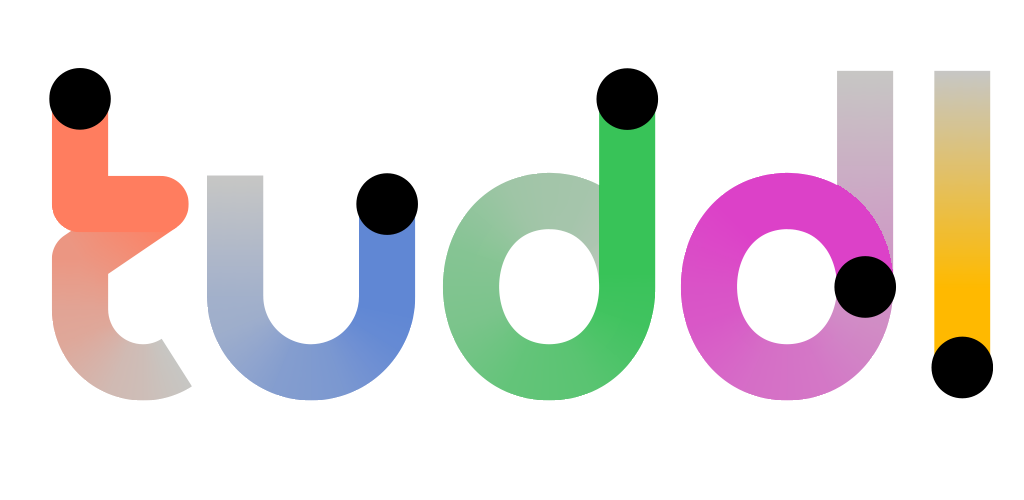Tuddl CXO, Chris Preston, pens down his thoughts on How To Launch With A New Digital Tool Set.
One of our favourite, often misunderstood, stories is NASA’s ‘space pen’ development. Normal pens don’t write in zero gravity, and it took a million dollars to research and create a pen that could. Many joke that Russia just used pencils – not true, as pencils are flammable and lead flaking off the tips would be a danger. They just bought the same pens.
This is relevant to us because, right now, we are all going into space, and need new tools to make it a success. In our case, ‘space’ is flex working, and every variation of the working day that it captures. Our current approach and tech infrastructure is geared for an ‘in-person’ world, and is woefully inadequate for what’s to come.
Over the last decade we’ve accelerated the move to digital tools and ditched a lot of physical ones (filofaxes… who remembers those?), but in the next few years we will see this both accelerate and change, as new tools (such as Tuddl!) come into play – ones that are aimed at a flex world of work.
The million dollar question is how do we make this a rapid, pain-free transition? How do we get everyone on the same tools, using them in the right way, with the best outputs? For us, the four areas to start from are:
1. Get everyone aligned with the need and benefit.
How many times have you been given a shiny new piece of software, and sat wondering why? Far too often we implement tools without the why, or ensuring it’s answering the need that people are actually facing. Therefore, any tool should be implemented on a needs-led basis, with the team taking time to talk through where the gaps are, what the fix could look like and how it will work practically.
This is the first, most fundamental step to take. Being really blunt, your team will not be coping as well with a flex working pattern as they think they are. So taking time to identify the gaps in approach, the possible new ways of working and being honest about the struggles will throw out areas where tools can support. From this, you create the desire for adoption that’s missing in so many situations.
2. Make it a journey of discovery, not a set approach.
How, when and with whom you use the new tools is completely up to the team – so don’t ‘set and forget’, rather put in place a process of regular review, tweaking and asking ‘how about we…’ moments to get the best use out of them. Many, many tools are underutilised (popular commentary says that 80 percent of Excel users only use 20 percent of its features) and often it’s the untouched features that make them so good.
Explore the tools, press every button, try and make them do weird things – find different uses and novel ways of weaving them in.
3. Find the super-users and become one yourself.
Building on the last point, a good practice when rolling out digital tools to people is to let them spend time with the experts. By experts we mean anyone that has a good handle on the tools, and can show people the practical ins and outs of them. You’d be surprised how many people are still delighted and excited when they find out what pressing the ‘control+C’ and ‘control+V’ buttons does.
Often, a lack of take up can be caused by something as simple as people not feeling confident enough to use it. Your late adopters are not trouble makers, they are the ones that need to hear the stories of success and benefit from others, and to have the clever stuff laid out in a simple format.
4. Ensure that the leaders are walking the talk.
I once had a boss who was delighted by his new Macbook (previously a PC user). I wasn’t… cue weeks of me showing him how to use it. This is an all too common problem, and is partially linked to the age gap that exists between more senior leaders and the wider workforce. It can make roll out more difficult, with the leader unable to demonstrate the value of a new digital tool because they cannot get a grip on it.
Being fair, it’s not just age, it can also be time. Senior leaders will have the least time to spend being trained, and will not be as heavy a user as everyone else. It’s a problem, but one that you can talk through, and head off at the pass – short, quick hit training, semi-guided use, nudges… gentle persistence wins the day.
That’s our starter list – lots more to do around it, but we know that, when we implement Tuddl, ensuring it meets a need, that everyone knows how to use it, and the leaders are on-board with the tool, are key steps that we cannot miss. People really want help right now, and recognise that digital tools will change – so let’s make it a positive experience.
Need help empowering your teams? Connect with one of our Tuddl team members to schedule a demo and start your journey to a winning culture.



